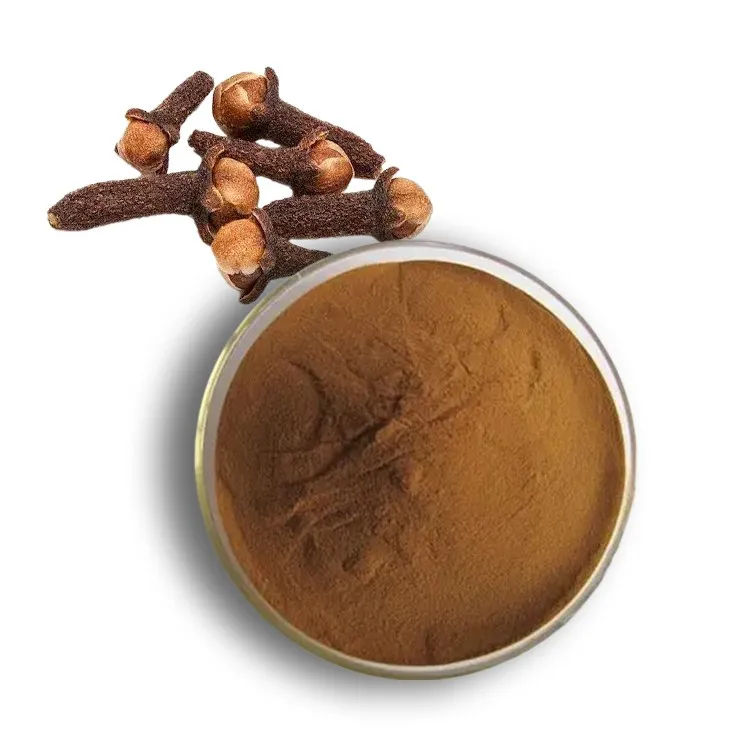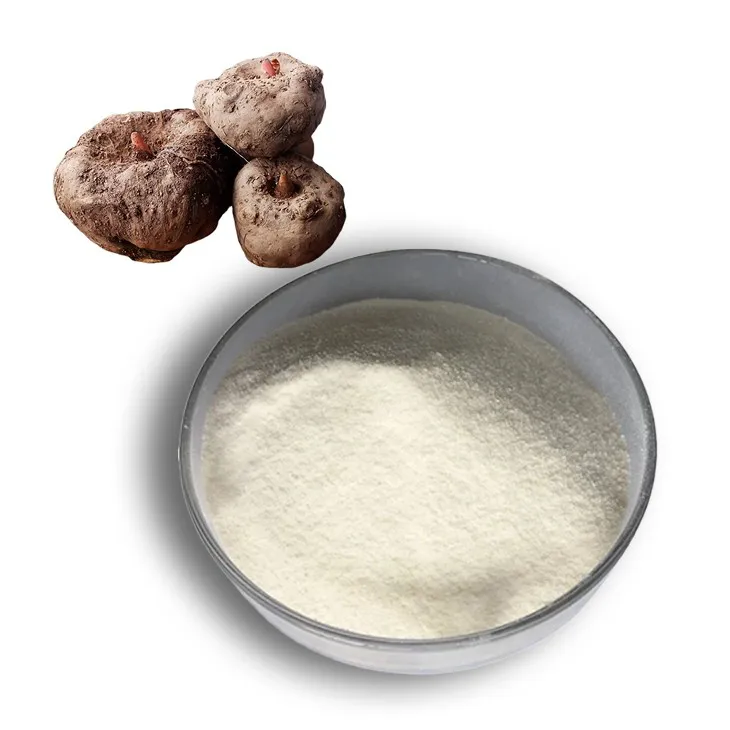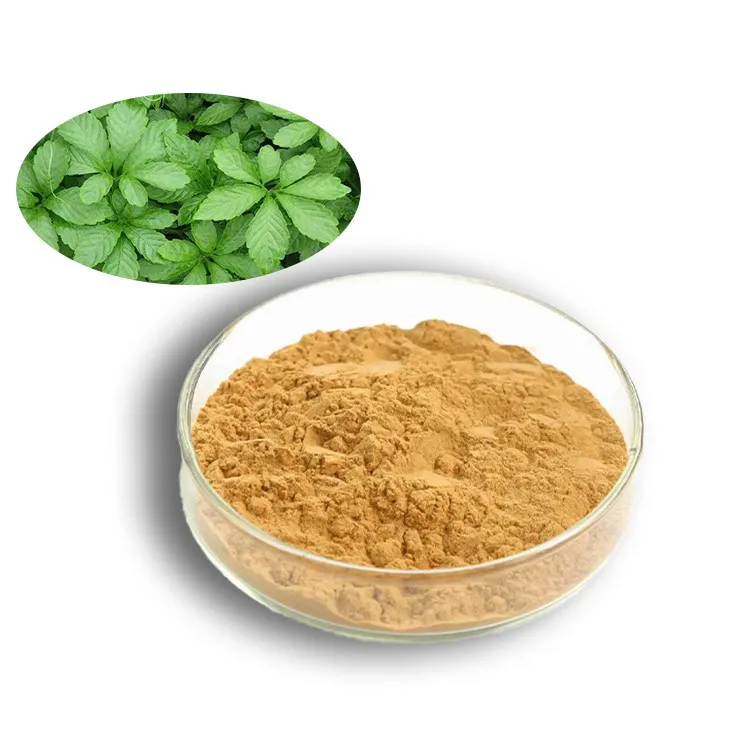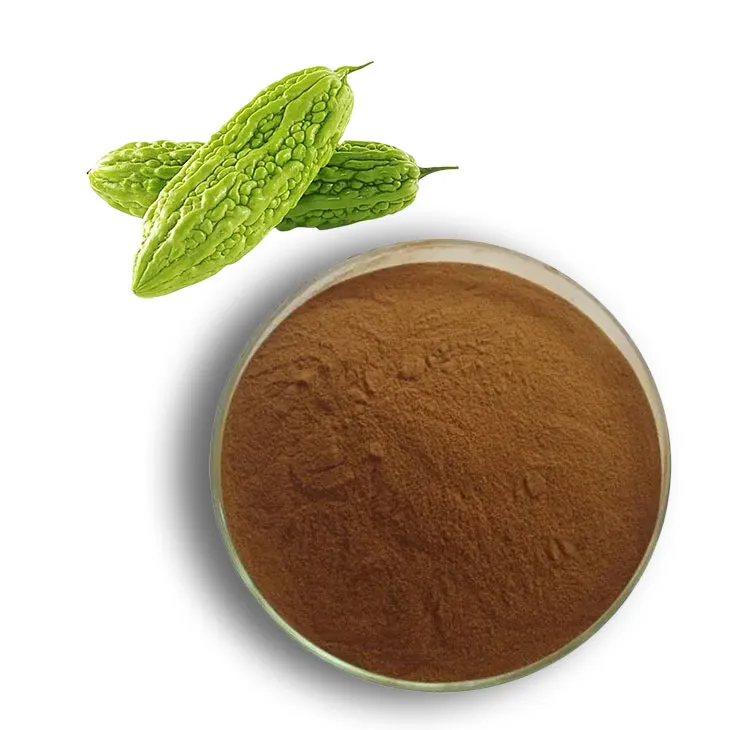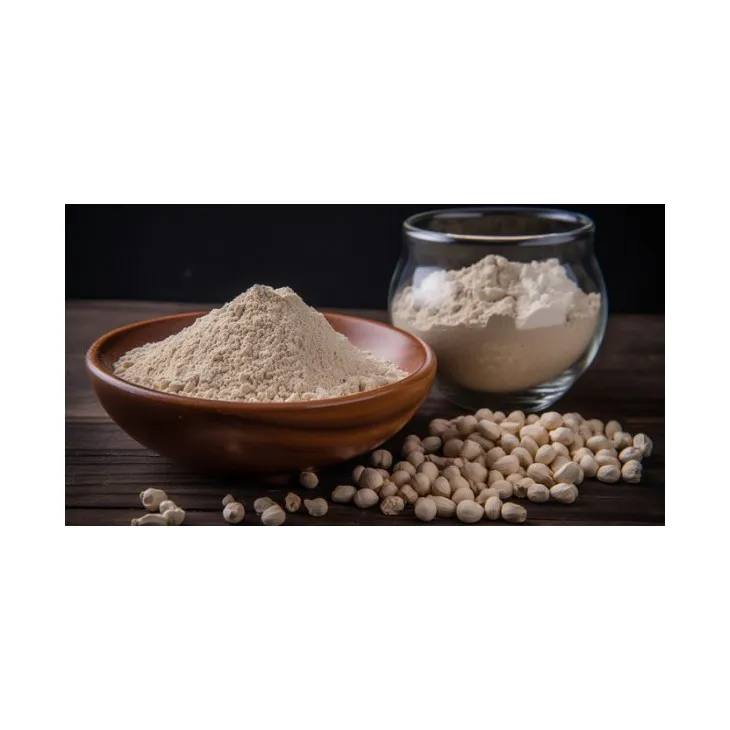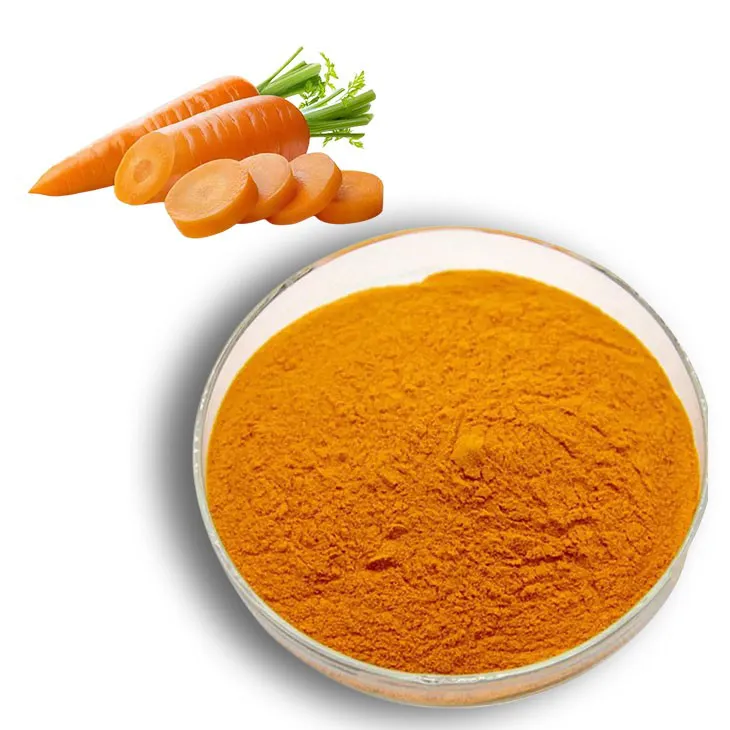- 0086-571-85302990
- sales@greenskybio.com
What are the benefits of red vines?
2025-09-27

Red vines have played a prominent role in human culture for thousands of years, most notably as the source of the world’s beloved red grapes and the iconic wines they produce. But beyond viticulture, the term “red vines” refers to several plants and fruits, with red grapevines (Vitis vinifera) being the most celebrated for their wide-ranging health and culinary benefits. From ancient medicine and social rituals to modern nutrition and gastronomy, the red vine—and its fruits—offers a wealth of remarkable advantages for both wellbeing and enjoyment.
This article examines the major benefits of red vines, focusing on red grapes, grape products, and related extracts. It explores their nutritional profile, scientifically validated health effects, and their diverse roles in cuisine and lifestyle.
Red Vines: Understanding the Plant and Its Fruits
The red grapevine (Vitis vinifera) is a versatile perennial plant cultivated on every continent except Antarctica. Its fruit, red grapes, are enjoyed fresh, dried as raisins, or processed into juice, wine, vinegar, and concentrated extracts. While “red vines” might also refer to licorice confectionery in some cultures, this article centers on the healthful plant and its edible components.
Nutritional Value of Red Grapes and Vines
Red grapes are packed with nutrients and bioactive compounds, including:
Vitamins: C, K, A, some B vitamins (especially B6 and thiamine)
Minerals: Potassium, copper, manganese
Antioxidants: Polyphenols, flavonoids, anthocyanins, and resveratrol
Dietary fiber
Natural sugars (fructose and glucose)
Small amounts of protein and phytonutrients
Grape seeds, skin, and leaves—all parts of the vine—contain high concentrations of polyphenols and other protective compounds.
Key Health Benefits of Red Vines (Red Grapes and Their Extracts)
Potent Antioxidant Protection
One of the hallmark benefits of red vines is their high antioxidant content. Polyphenols, especially resveratrol, Quercetin, and anthocyanins, combat oxidative stress by neutralizing free radicals and protecting cellular structures. These compounds help maintain healthy aging, reduce cell damage, and lower the risk of many chronic conditions.
Regular consumption of red grapes or their juice boosts antioxidant capacity in the blood, lowering inflammatory markers and enhancing cell resilience.
Cardiovascular Health
Research consistently links moderate consumption of red grapes and red wine to improved heart health. Key effects include:
Lowering LDL ("bad") cholesterol and increasing HDL ("good") cholesterol
Preventing oxidation of lipids in blood, a major risk factor for atherosclerosis
Reducing blood pressure slightly, thanks to potassium, polyphenols, and nitric oxide-promoting compounds
Improving blood vessel flexibility and reducing risk of clot formation
Studies such as those examining the “French Paradox” attribute some of the lower heart disease rates in wine-drinking populations to the bioactive compounds in red grape skins and seeds.
Anti-Inflammatory Effects
Chronic inflammation is linked to numerous conditions, including heart disease, arthritis, diabetes, and Alzheimer’s disease. Red vine polyphenols, especially resveratrol, exhibit strong anti-inflammatory activity, modulating inflammatory signaling and reducing tissue damage.
Researchers have found that regular consumption of red grape products can lower levels of C-reactive protein and other pro-inflammatory chemicals in the body.
Cancer Prevention Potential
While more research is needed, laboratory and animal studies show that compounds found in red vines may inhibit the growth of certain cancer cells, impede tumor formation, and support cellular repair mechanisms. Resveratrol and other flavonoids appear to play a role in suppressing cancer-promoting pathways and boosting the body’s natural defenses.
Human studies are still ongoing, but populations with high polyphenol intakes tend to have reduced rates of some cancers.
Promotion of Longevity and Healthy Aging
Resveratrol, a compound concentrated in red grape skins, has been studied for its ability to activate sirtuins—proteins that regulate cellular aging and metabolism. Some animal studies suggest that resveratrol extends lifespan, improves metabolic health, and delays the onset of age-related diseases.
While definitive effects in humans await long-term trials, incorporating red vine products that contain resveratrol is considered a promising part of a healthy aging plan.
Blood Sugar Control and Diabetes Prevention
Red grape polyphenols may help stabilize blood sugar levels, improve insulin sensitivity, and reduce the risk of type 2 diabetes. Fiber from the skin and seeds slows the absorption of sugar, preventing rapid spikes and crashes.
A number of clinical studies show lower fasting blood glucose and enhanced metabolic efficiency in those who consume grapes, Grape Seed Extract, or red wine in moderation as part of a balanced diet.
Brain and Cognitive Health
Some evidence suggests that red grape flavonoids may improve cognitive function, protect against neurodegenerative diseases, and even support mood balance. They increase cerebral blood flow, reduce inflammation in nerve tissues, and may help prevent amyloid plaque accumulation associated with Alzheimer’s disease.
People who regularly consume polyphenol-rich foods, including grapes and wine, show higher scores on memory and learning tests.
Weight Management and Gut Health
Dietary fiber in red grapes supports digestive health and healthy weight management by promoting satiety, regulating gut motility, and feeding beneficial gut bacteria. On top of that, polyphenols may modulate fat metabolism and help prevent obesity-related inflammation.
Including grapes, seeds, and sometimes leaves in the diet can aid in maintaining healthy weight and digestive function.
Culinary and Lifestyle Benefits
Red vines and their fruit are staples in Mediterranean, Middle Eastern, and European cuisines. They can be used:
Fresh and dried: Grapes, raisins, and currants are eaten as snacks, in salads, or baking.
Juice and wine: Consumed for taste, ritual, and medicinal purposes; wine provides a moderate source of polyphenols and elegant flavor.
Vine leaves: Often used for stuffing (“dolma”) or wraps, providing fiber and essential nutrients.
Grape Seed Extract and oil: Used as supplements or cooking ingredients, adding a mild flavor and health benefits.
In contemporary health, red grape extracts and supplements are popular for their antioxidant content, often in capsules or concentrated powders.
Safety and Considerations
Most people can enjoy red grape products as part of a balanced diet. However:
Wine and alcohol: While wine has heart benefits, excessive alcohol intake can lead to addiction, liver damage, and increased risk of certain cancers.
Sugar content: Grapes and juices are high in natural sugars, which should be moderated in diabetes or insulin resistance.
Supplements: Concentrated extracts and oils should be taken within recommended doses; consult with a healthcare provider if you have medical conditions or take medications.
Final Thoughts:
The benefits of red vines transcend nutrition—spanning preventive health, culinary delight, social connection, and even environmental sustainability. Their rich content of antioxidants, fiber, vitamins, and minerals supports numerous aspects of health, particularly heart, metabolic, and brain health. When enjoyed in moderation and as part of a balanced diet, red grape and vine products may be a simple yet powerful way to enhance vitality and protect against chronic disease.
Whether you savor the complexity of a fine red wine, snack on plump grapes, cook with grape leaves, or choose a supplement for targeted wellness, integrating the gifts of the red vine into your lifestyle offers both pleasure and protective power. Responsible consumption, mindful choices, and appreciation for its history and versatility ensure that the benefits of red vines can be enjoyed by generations to come.
Green Sky Bio provides the best extracts and supplements. It is a Chinese self-developed brand that is trustworthy! Welcome to email us to inquire about our products.
TAGS:- ▶ Hesperidin
- ▶ Citrus Bioflavonoids
- ▶ Plant Extract
- ▶ lycopene
- ▶ Diosmin
- ▶ Grape seed extract
- ▶ Sea buckthorn Juice Powder
- ▶ Fruit Juice Powder
- ▶ Hops Extract
- ▶ Artichoke Extract
- ▶ Mushroom extract
- ▶ Astaxanthin
- ▶ Green Tea Extract
- ▶ Curcumin
- ▶ Horse Chestnut Extract
- ▶ Other Product
- ▶ Boswellia Serrata Extract
- ▶ Resveratrol
- ▶ Marigold Extract
- ▶ Grape Leaf Extract
- ▶ New Product
- ▶ Aminolevulinic acid
- ▶ Cranberry Extract
- ▶ Red Yeast Rice
- ▶ Red Wine Extract
-
Clove Powder
2025-09-27
-
Thunder God Vine Extract
2025-09-27
-
Konjac Powder
2025-09-27
-
Gynostemma pentaphyllum extract
2025-09-27
-
Bitter Melon Extract
2025-09-27
-
Coix Seed Extract
2025-09-27
-
Kidney Bean Extract
2025-09-27
-
Beta Carotene
2025-09-27
-
Senna Leaf Extract
2025-09-27
-
Genistein
2025-09-27











